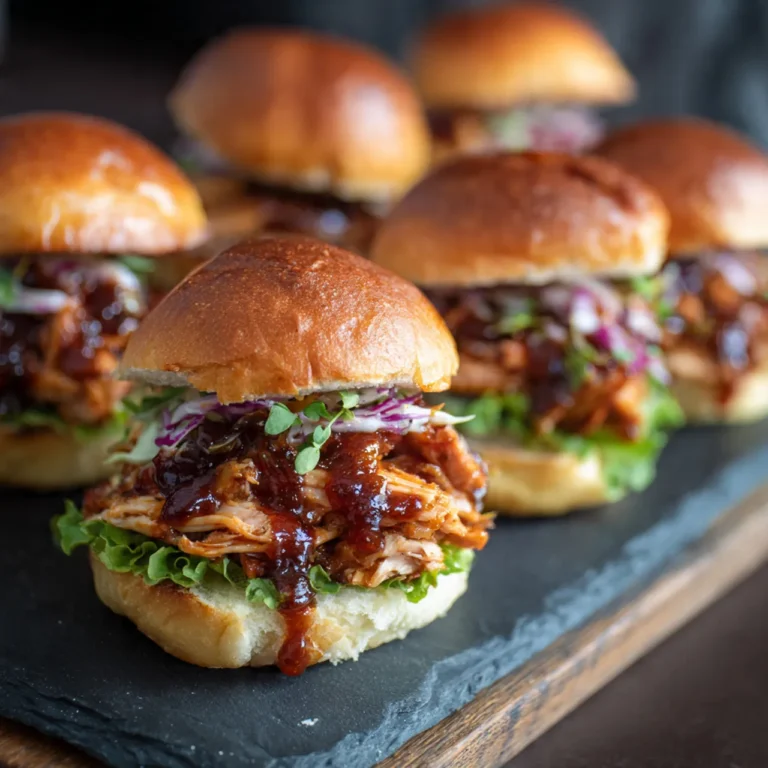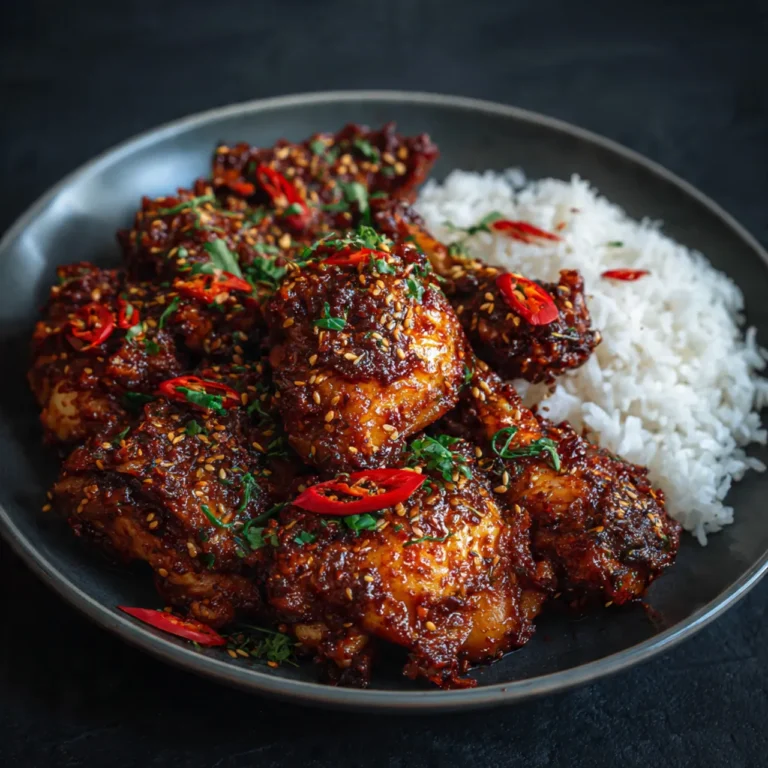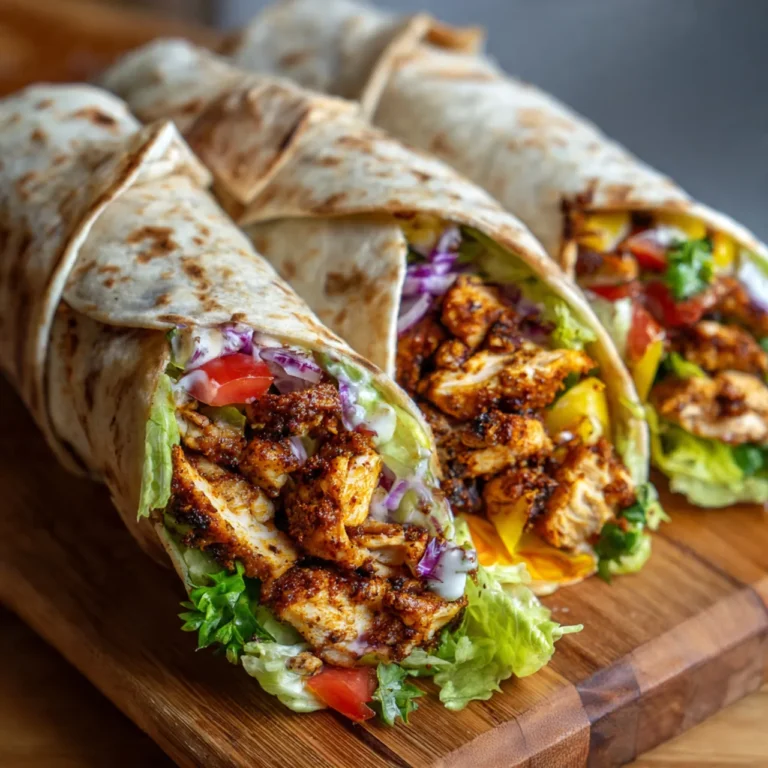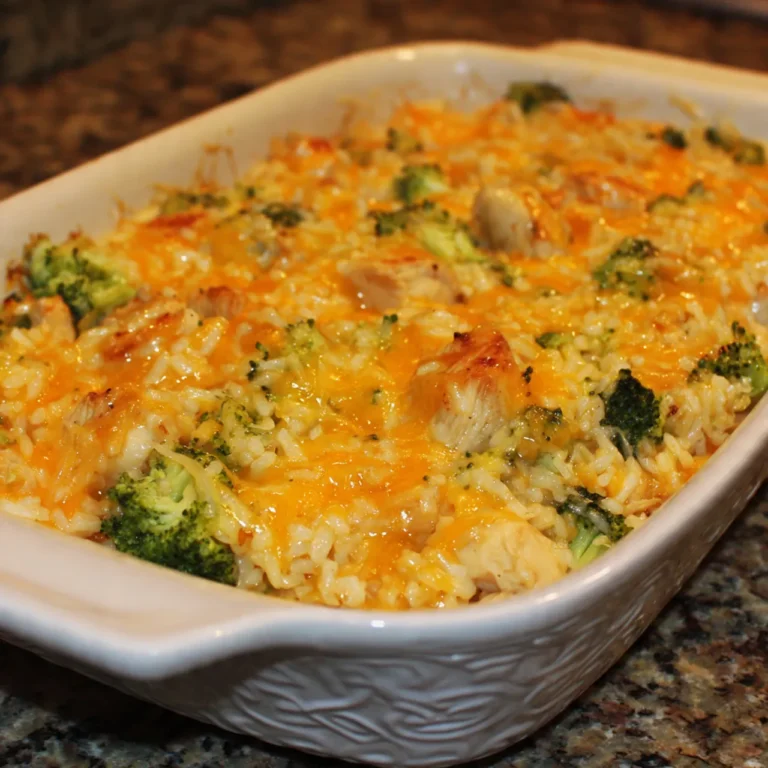When it comes to tropical desserts that perfectly balance indulgence and freshness, few can rival the exquisite charm of Mango Passion Fruit Mousse. This airy, silky, and fruit-forward treat embodies everything we love about summer: vibrant color, bright flavor, and effortless elegance. Whether you serve it in delicate glass cups for a dinner party or as a refreshing finale to a weekend meal, this mousse delivers the perfect combination of creaminess and tang.
In this comprehensive guide, we will explore everything about Mango Passion Fruit Mousse — from its origins and ingredients to step-by-step preparation, plating ideas, flavor variations, and professional tips to help you achieve a restaurant-quality texture every time. By the end, you’ll not only have a foolproof recipe but also a deeper understanding of what makes this dessert so universally appealing.
The Magic of Mango and Passion Fruit
1. The Tropical Duo
Mango and passion fruit are often described as the “golden pair” of tropical fruits. Each offers distinct sensory qualities:
- Mango contributes natural sweetness, velvety texture, and a rich, sunny aroma.
- Passion fruit adds a tangy, floral note with refreshing acidity that brightens the palate.
Together, they create an exquisite balance — one that feels luxurious yet light, exotic yet familiar. In mousse form, their flavors merge seamlessly with the cream’s richness, resulting in a dessert that is both complex and comforting.
2. A Brief Origin Story
Mangoes are native to South Asia, where they’ve been cultivated for over 4,000 years. They are considered a symbol of love, fertility, and prosperity. Passion fruit, on the other hand, originates from South America, particularly Brazil and Paraguay. When European explorers encountered it, they named it “passion fruit” after the symbolism associated with the Passion of Christ.
The combination of these two fruits — one from Asia, the other from South America — beautifully reflects modern global cuisine: blending diverse flavors to create harmony in a single spoonful.
Understanding the Science Behind Mousse
A mousse is a culinary art that relies on balance and technique. At its core, a mousse is a mixture of air and flavor held together by a stabilizer — usually gelatin, whipped cream, or egg whites. The goal is to achieve a structure that’s light yet stable, creamy yet airy.
1. Texture Goals
The perfect mousse should:
- Hold its shape without being stiff
- Melt smoothly on the tongue
- Retain fruit flavor without tasting overly sweet
To achieve this, temperature control, whipping techniques, and ingredient ratios are key.
2. The Role of Each Component
- Fruit Purée – provides flavor, color, and natural sweetness.
- Gelatin – stabilizes the mixture so it holds its shape when chilled.
- Whipped Cream or Egg Whites – incorporate air for a light, foamy texture.
- Sugar – balances acidity and enhances smoothness.
When mango and passion fruit purée are blended into this structure, they create a tropical mousse that feels as though it could float off the spoon.
Ingredients for Mango Passion Fruit Mousse
To prepare about 6 servings, you’ll need:
Fruit Base
- 1 cup fresh mango purée (about 2 ripe mangoes)
- ½ cup passion fruit pulp (from about 4–5 passion fruits)
- 2 tablespoons fresh lemon or lime juice
- ¼ cup granulated sugar (adjust depending on fruit sweetness)
Stabilizer and Cream
- 1 ½ teaspoons powdered gelatin (or 2 gelatin sheets)
- 2 tablespoons cold water for blooming
- 1 cup heavy cream (minimum 35 % fat)
- 2 tablespoons icing sugar (optional, for whipped cream)
Optional Garnishes
- Fresh mango cubes or slices
- Passion fruit seeds for crunch
- Toasted coconut flakes
- Mint leaves
- White chocolate curls
Step-by-Step Preparation
Step 1: Prepare the Fruit Purée
- Peel and dice the mangoes.
- Scoop out the passion fruit pulp using a spoon.
- Place both fruits in a blender or food processor with lemon juice and sugar.
- Blend until smooth.
- Strain the mixture through a fine sieve to remove any fibers or seeds.
- Reserve 1 cup of this smooth purée for the mousse base.
The purée should be vibrant and slightly thick — not watery. The acidity of the passion fruit balances the mango’s sweetness perfectly.
Step 2: Bloom and Melt the Gelatin
- In a small bowl, sprinkle gelatin over cold water and let it sit for 5 minutes until it blooms (absorbs the water and becomes spongy).
- Gently heat 2 tablespoons of the fruit purée in a small saucepan.
- Remove from heat, add the bloomed gelatin, and stir until completely dissolved.
- Incorporate this mixture back into the rest of the purée, mixing thoroughly.
This ensures even distribution of the stabilizer and prevents lumps in your mousse.
Step 3: Whip the Cream
- Chill your mixing bowl and whisk.
- Pour in the heavy cream and whip on medium speed until soft peaks form.
- Add icing sugar if you prefer a sweeter flavor.
- Avoid over-whipping — the cream should remain smooth and slightly glossy.
Step 4: Combine Gently
- Once the fruit mixture cools slightly (it should be just warm, not hot), fold in one-third of the whipped cream to lighten it.
- Gradually fold in the remaining cream using a spatula. Work delicately to keep the airy structure intact.
- Stop mixing as soon as you have a uniform color and texture.
The mixture should be fluffy, shiny, and hold soft peaks.
Step 5: Chill and Set
- Spoon or pipe the mousse into serving glasses or molds.
- Cover and refrigerate for at least 4 hours, ideally overnight.
- The mousse will firm up but remain soft and creamy.
If you prefer a layered look, alternate mousse with passion fruit gel or mango compote before chilling.
Serving and Presentation Ideas
Presentation plays a major role in transforming a simple mousse into a restaurant-worthy dessert. Here are a few ideas:
- Elegant Glass Verrines
Use clear dessert glasses to showcase the mousse’s golden hue. Garnish with fresh passion fruit seeds for visual contrast. - Tropical Parfait
Layer the mousse with crumbled coconut biscuits, mango chunks, and a drizzle of passion fruit coulis. - Mousse Cake
Pour the mousse over a sponge or biscuit base in a ring mold and freeze until firm. Glaze with mango jelly before serving. - Mini Dessert Cups for Events
Serve in small shot glasses topped with mint — perfect for summer buffets or wedding receptions.
Taste and Texture: What to Expect
The first spoonful is a burst of tropical brightness. The mango lends smooth sweetness reminiscent of honeyed nectar, while the passion fruit contributes floral tang and delicate crunch from its seeds if you choose to include them. The texture is ethereal — creamy, light, and airy, melting instantly on the tongue.
This contrast between richness and freshness is what makes Mango Passion Fruit Mousse a perfect dessert after spicy dishes, grilled seafood, or summer barbecues. It refreshes the palate while satisfying the craving for something sweet.
Variations and Creative Twists
Mousse recipes are highly versatile. Once you master the basic technique, you can experiment endlessly:
1. Vegan Version
Replace the cream with coconut cream and use agar-agar instead of gelatin. This gives a slightly firmer texture but retains a tropical essence.
2. White Chocolate Fusion
Add melted white chocolate (about 80 g) to the fruit purée before folding in the cream. The sweetness of chocolate enriches the flavor and creates a denser, dessert-bar style mousse.
3. Spiced Mango Passion Mousse
Infuse the purée with a hint of ginger or cardamom for a warm, aromatic twist.
4. Yogurt-Based Mousse
Substitute half the whipped cream with Greek yogurt for a tangier, lighter profile — perfect for breakfast or brunch.
5. Layered Tropical Trifle
Combine the mousse with pineapple jelly, coconut cream, and diced papaya for a show-stopping layered dessert.
Tips for a Perfect Mousse Every Time
- Use Ripe Fruit:
Overripe mangoes produce the best sweetness and color. Tart mangoes may require extra sugar. - Balance Acidity:
Taste the purée before mixing. If it feels too sharp, add a teaspoon of honey or a pinch of vanilla. - Temperature Awareness:
Never add gelatin to a cold mixture or whipped cream to a hot purée. The ideal temperature for combining is lukewarm. - Proper Folding:
Always use gentle, sweeping motions to retain air in the cream. Avoid stirring vigorously. - Refrigeration Time:
Don’t rush the setting process. Four to six hours of chilling ensures the mousse firms up beautifully. - Texture Testing:
The mousse should hold a spoon imprint but jiggle slightly when shaken — the hallmark of perfect aeration.
Nutritional Profile (Per Serving, Approx.)
| Component | Amount |
|---|---|
| Calories | 240 kcal |
| Fat | 14 g |
| Carbohydrates | 25 g |
| Protein | 3 g |
| Vitamin C | ~45 % DV |
| Sugar | 18 g |
This dessert offers a moderate calorie count compared to heavier cakes or pastries, making it an ideal guilt-free treat.
Pairing Suggestions
- Beverages:
Sparkling wine, coconut water, or jasmine iced tea complement the mousse’s tropical notes. - Other Desserts:
Serve alongside coconut panna cotta, mango sorbet, or a light citrus tart. - Occasions:
Perfect for summer dinners, garden parties, brunch buffets, or festive holidays.
Cultural and Culinary Inspirations
The combination of mango and passion fruit has found its way into global cuisines — from French pâtisseries to Asian fusion restaurants. In French gastronomy, fruit mousses are often served as part of entremets (multi-layered desserts), highlighting the art of texture contrast. Meanwhile, in tropical regions like Thailand, Brazil, and the Caribbean, similar desserts feature local fruits and natural thickeners like agar or tapioca.
The beauty of Mango Passion Fruit Mousse lies in its universality — simple ingredients that transcend borders, interpreted differently by each culture yet always evoking sunshine and joy.
Why Mango Passion Fruit Mousse Stands Out in the Modern Dessert World
1. Naturally Gluten-Free and Adaptable
It caters to diverse dietary needs without compromising flavor. The basic version is naturally gluten-free, and with minimal tweaks, it can be made dairy-free or vegan.
2. Visually Stunning
The natural golden hue from mango and the dotted seeds of passion fruit make it photogenic — perfect for food photography, social media, or professional menus.
3. Low-Effort, High-Impact
Despite its luxurious appearance, it requires no baking and minimal ingredients. It’s an ideal dessert for home cooks looking to impress without advanced pastry skills.
4. Flavor Complexity
Unlike overly sweet desserts, the interplay of sweet mango and tart passion fruit keeps every bite interesting and refreshing.
Storage and Shelf Life
- Refrigeration:
Store in airtight containers for up to 3 days. - Freezing:
For longer storage, freeze the mousse in individual cups. Thaw in the refrigerator overnight. - Avoid Refreezing:
Once thawed, consume within 24 hours to maintain the airy texture.
Common Mistakes to Avoid
- Adding Gelatin to Hot Purée:
This destroys its setting power. Always let the purée cool slightly first. - Over-Whipping the Cream:
Grainy or stiff cream won’t fold smoothly and will ruin the mousse’s lightness. - Skipping the Straining Step:
Mango fibers and passion fruit seeds can make the texture coarse — straining ensures silkiness. - Insufficient Chilling:
If the mousse hasn’t set properly, it may collapse when served. Patience is essential.
Making It Ahead for Entertaining
Mousse is an entertainer’s dream dessert. You can prepare it a day or two in advance, store it chilled, and focus on your main dishes on the day of your event. Before serving, simply garnish with fruit or coconut flakes for a fresh look.
If you’re hosting a themed dinner, pair this mousse with tropical cocktails like piña coladas or mango mojitos for a cohesive experience.
Beyond the Classic: Professional Plating Ideas
- Deconstructed Mousse Plate:
Pipe small quenelles of mousse alongside passion fruit gel, mango cubes, and a sprinkle of coconut crumble. - Mirror Glaze Dome:
Freeze the mousse in silicone molds and cover with shiny mango glaze for a modern pastry finish. - Mousse Tart:
Fill a baked coconut tart shell with mousse and top with fresh passion fruit pulp — a balance of crunch and cream.
Conclusion
Mango Passion Fruit Mousse is more than a dessert — it’s a celebration of tropical abundance, craftsmanship, and sensory delight. With its silky smooth texture, luminous color, and balance of sweetness and acidity, it captivates anyone who tastes it.






